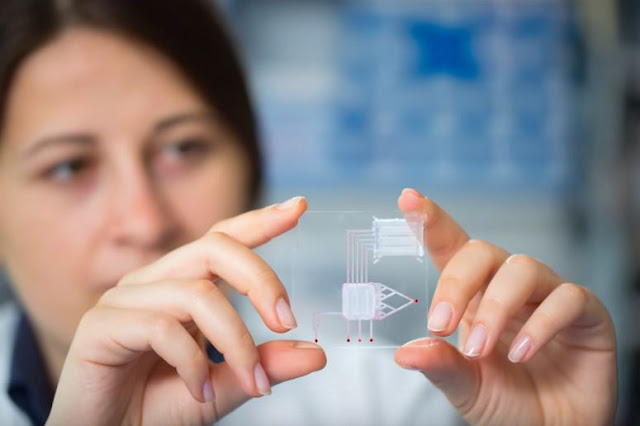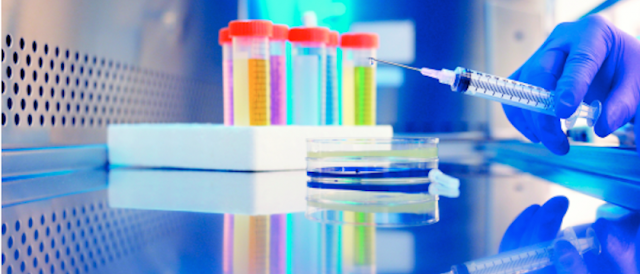Pharmacovigilance in Drug Discovery
The increased use of
novel, accelerated regulatory pathways had given a dramatic impact on the role
of pharmacovigilance in drug development.
During the past 10 days,
there is a decrease in time taken to bring new drugs to market. While this
acceleration has increased the detection of the risk of adverse drug reactions only
when the product is already in the market, leading to higher demand for
post-approval safety surveillance studies and related activities.
The move from paper to
electronic formats and with increased vigilance has increased the amount and
velocity of safety information in the environment. The evaluation of cases at
point of initial entry needs to be undertaken at the highest standard of both
quality and timeliness—despite ever-increasing volumes.
The pharmacological
science which deals with drug safety including accumulation, detection,
assessment, monitoring, and prevention of adverse effects of the drugs is Pharmacovigilance.
It focus on detection of unidentified safety issues, identification of risk
factors, quantifying risks and preventing patients from being adversely
affected unnecessarily. Pharmacovigilance plays a prominent role at various
stages of drug discovery and development process. The analysis of all the
serious adverse events requires new safety findings from animal studies, and
evaluations of benefits and risks. Pharmacovigilance also plays a important
role when the drug is commercialized. Safety reviews include Risk Management
Plan, Periodic Benefit Risk Evaluation Report, the Development Safety Update
Report, Periodic Safety Updates Report, post-marketing surveillance, clinical
trials, and pharmacoepidemiological studies.
Introducing a new
medicine to the patients is highly
time-consuming and expensive process and requires an essential and strict
vigilance on the safety and efficacy of the drug. Hence pharmacovigilance plays
a key role in drug discovery and development. The drugs appear to be safe and well-tolerated in
preclinical and clinical testing, but their safety in the ‘real world’ may not
be distinct, after-effects of the drug when used frequently or in combination
with other drugs are generally unknown, safety in vulnerable groups with
different metabolic profiles (e.g, pregnant women and breastfeeding mother,
elderly person, young children) can be uncertain, and rumors and myths can
destroy the integrity, adherence to, and success of a treatment.
Pharmacovigilance is a critical
part of the drug
discovery and development process. It requires documentation and monitoring at every phase of drug development
including pharmacovigilance inspection and audit, risk management, and
reporting of ADR medicinal drugs, periodic safety update report,
post-authorization safety studies, additional monitoring, and safety
communication. It is essential to establish good pharmacovigilance practices
for improving the drug safety issues during the drug development and the
patients can be provided with safe and efficacious innovative medicines to meet
their prerequisite medical needs.




Comments
Post a Comment